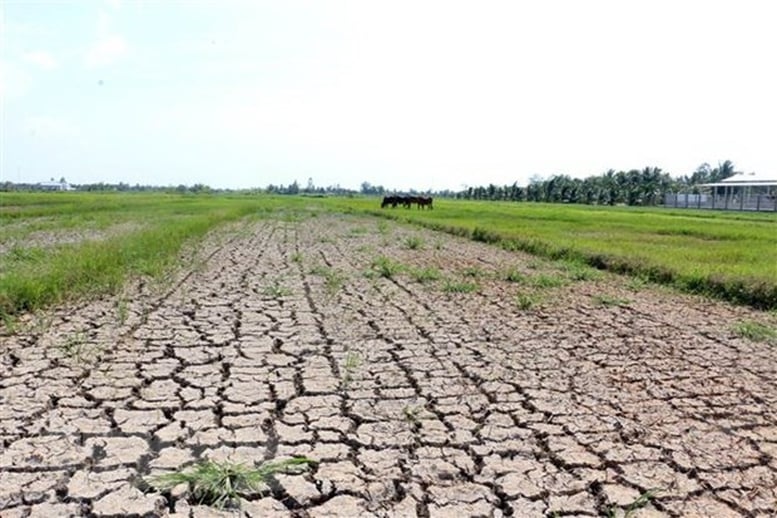
Drought conditions are forecast to last until early May 2025.
Widespread heat and drought
According to Associate Professor, Dr. Mai Van Khiem, Director of the National Center for Hydro-Meteorological Forecasting, from April to July 2025, hot and dry weather is likely to occur in many areas, especially in the Northwest (Dien Bien, Son La, Lai Chau), provinces from Phu Yen to Binh Thuan, and the Central Highlands (Kon Tum, Gia Lai, Dak Lak).
In the Central Highlands, the Department of Irrigation Works Management and Construction (Ministry of Agriculture and Environment) forecasts that drought and water shortage will affect from now until the end of the 2024-2025 Winter-Spring crop, with an affected area of about 500-1,000 hectares, concentrated in Gia Lai (100-400 hectares), Dak Lak (200-300 hectares) and Dak Nong (200-300 hectares). These areas are mainly outside the irrigation system, making the risk of water shortage even more serious. The drought is forecast to last until early May 2025.
The capacity of irrigation reservoirs in the Central Highlands is at the lowest level compared to the whole country, reaching only 36% of the design capacity, with Kon Tum reaching 39%, Gia Lai 30%, Dak Lak 33%, Dak Nong 45%, and Lam Dong 67%. The whole region currently has 52 dry reservoirs, including 11 in Kon Tum, 21 in Dak Lak and 20 in Dak Nong. Meanwhile, in the South Central region, the average capacity of reservoirs is 77%, while in the North and North Central regions, it is 53.2% and 62%, respectively. The Southeast region has a more positive reservoir capacity, reaching 60.7%, 12.9% higher than the average level of many years.
In Gia Lai, drought has affected 269 hectares of rice, accounting for 1.1% of the province's total rice area, concentrated in Dak Doa, Chu Se, and Kbang districts. These are areas outside the irrigation system, which has been advised not to produce rice in the 2024-2025 Winter-Spring crop due to water shortages. In other localities in the Central Highlands, no significant damage has been recorded, but the risk of drought remains if the heat continues.
In Nghe An, the heat wave is forecast to increase from April and peak in May-July 2025. With the water resources in dams, rivers and headworks, the risk of drought, water shortage and saltwater intrusion may occur in highland areas, at the end of the canal and at the end of the system, with the affected area reaching more than 2,900 hectares. Meanwhile, in the Mekong Delta, saltwater intrusion has passed its peak and it is forecasted that from now until the end of April 2025, the flow from the upper Mekong River will increase sharply, helping to reduce salinity. Areas 30-40 km from the sea will have regular fresh water, creating favorable conditions for irrigation works to take water, especially during low tides.
Faced with the drought, localities across the country have implemented many measures to manage water resources, ensuring production and daily life. In the Central Highlands, Mr. Huynh Tan Dat, Director of the Department of Crop Production and Plant Protection Department, said that the department has asked provinces to closely monitor agricultural production and implement measures to minimize damage caused by drought, especially for perennial industrial crops. Technical solutions to prevent drought, such as water-saving irrigation and adjusting crop structure, are also encouraged to be widely applied.
In Binh Thuan, although the water source at reservoirs remains high (180/360 million m³, reaching 50% of the design capacity), the provincial Department of Agriculture and Environment has requested the Irrigation Works Exploitation One Member Co., Ltd. to closely monitor weather developments and update the water source situation for localities to develop plans to prevent drought and saltwater intrusion. Current water source conditions at Ham Thuan and Dai Ninh irrigation and hydropower reservoirs ensure water supply for daily life until the end of June 2025 and serve the Summer-Autumn crop production as well as aquaculture.
In Nghe An, the Department of Agriculture and Environment has developed a plan to combat drought and use appropriate irrigation, including repairing the banks, dredging canals, and applying water-saving irrigation from the beginning of the crop. In the Mekong Delta, the Department of Irrigation Construction and Management has asked provinces to strengthen the operation of irrigation works to obtain fresh water, store water for production and people's lives, and take advantage of the period of reduced saline intrusion.
In parallel with the above solutions, the Mekong Delta is also implementing the Project on Sustainable Development of 1 million hectares of high-quality and low-emission rice cultivation associated with green growth by 2030. This project not only focuses on improving rice quality but also on water resource management and reducing greenhouse gas emissions. According to Dr. Bui Ba Bong, Chairman of the Vietnam Rice Industry Association, to achieve the "low emission" target, the state needs to invest in inland irrigation systems, apply alternate flooding and drying techniques and digital technology for automatic irrigation. These solutions not only help reduce production costs but also ensure sustainable water resources for rice production, while minimizing the impact of drought and saltwater intrusion.
Do Huong
Source: https://baochinhphu.vn/chu-dong-ung-pho-voi-han-han-102250424172201648.htm


![[Photo] President Luong Cuong holds talks with Lao General Secretary and President Thongloun Sisoulith](https://vstatic.vietnam.vn/vietnam/resource/IMAGE/2025/4/24/98d46f3dbee14bb6bd15dbe2ad5a7338)
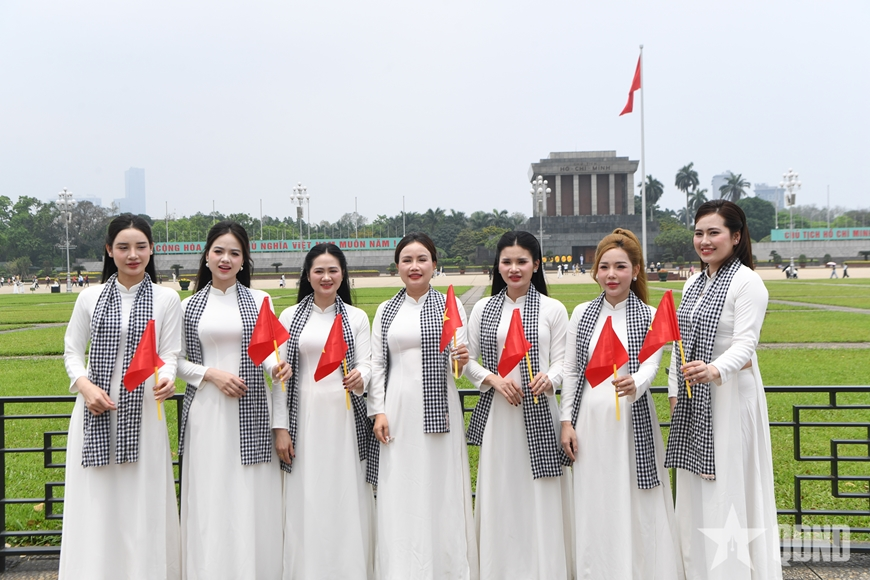
![[Photo] General Secretary To Lam receives Philippine Ambassador Meynardo Los Banos Montealegre](https://vstatic.vietnam.vn/vietnam/resource/IMAGE/2025/4/24/6b6762efa7ce44f0b61126a695adf05d)
![[Photo] Liberation of Truong Sa archipelago - A strategic feat in liberating the South and unifying the country](https://vstatic.vietnam.vn/vietnam/resource/IMAGE/2025/4/25/d5d3f0607a6a4156807161f0f7f92362)
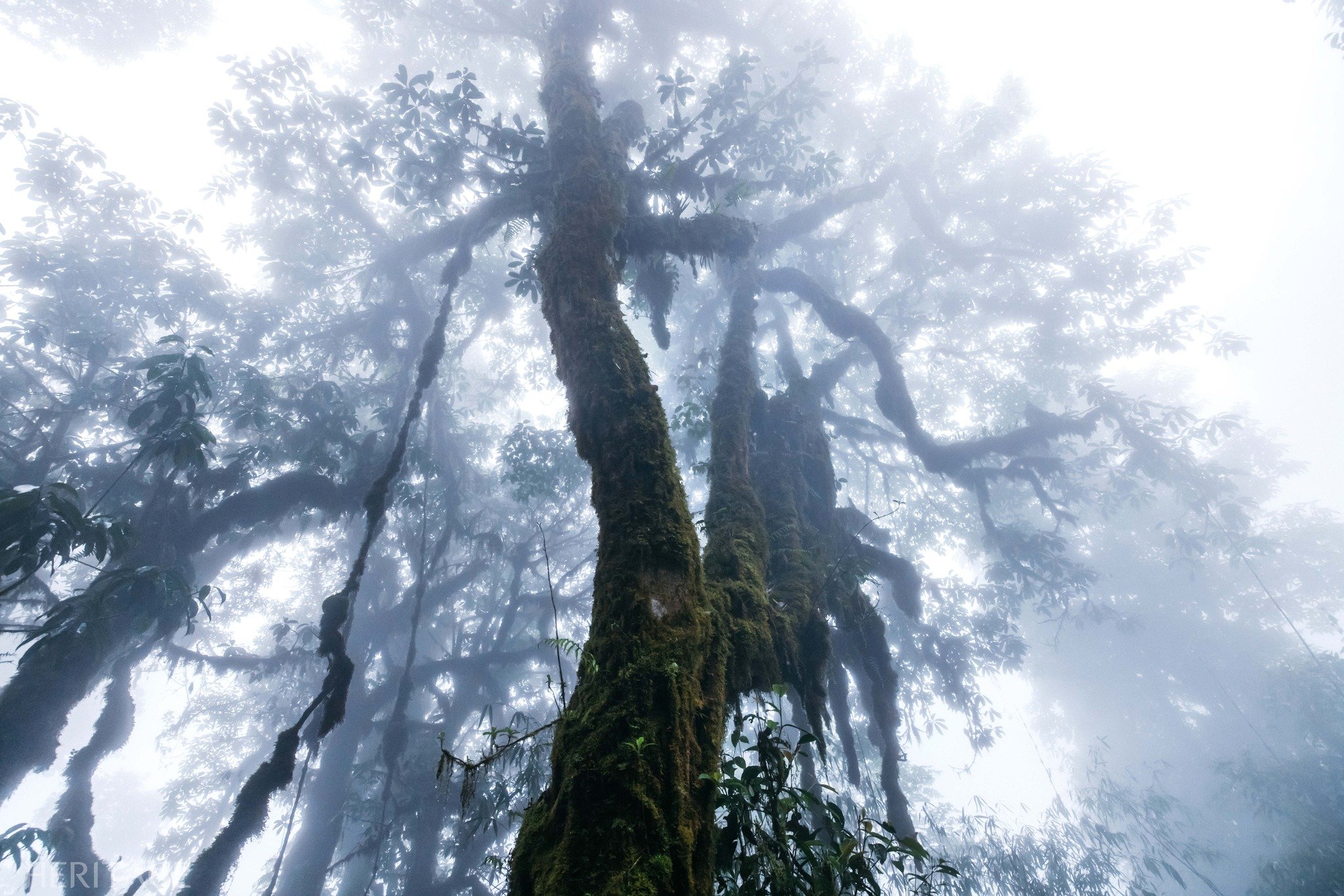
![[Photo] President Luong Cuong meets with Lao National Assembly Chairman Xaysomphone Phomvihane](https://vstatic.vietnam.vn/vietnam/resource/IMAGE/2025/4/25/dd9d8c5c3a1640adbc4022e2652c3401)




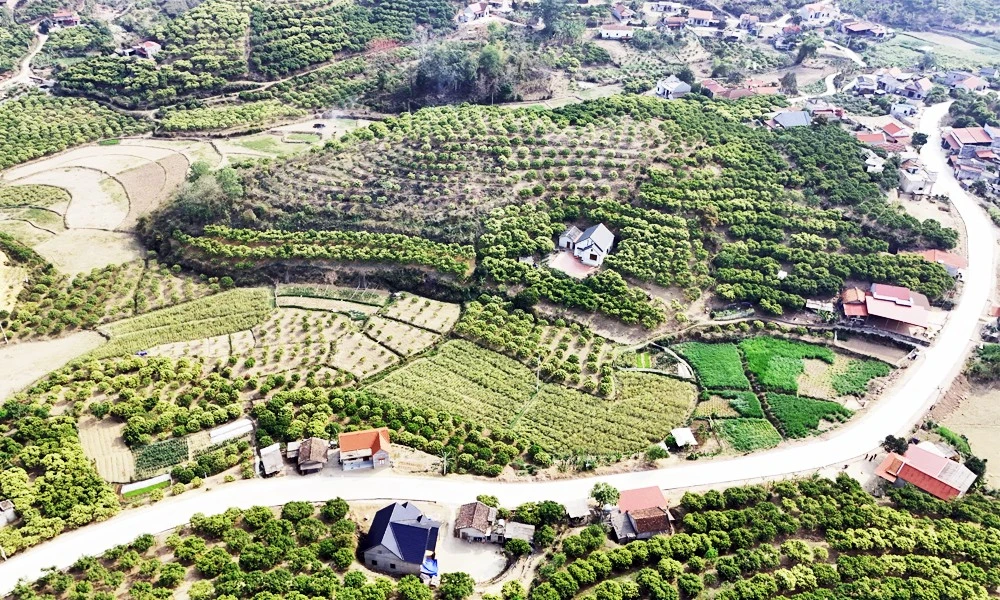





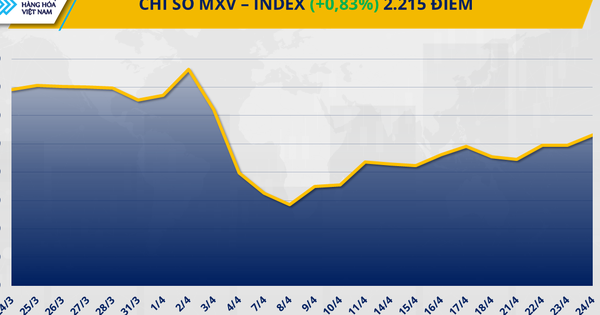

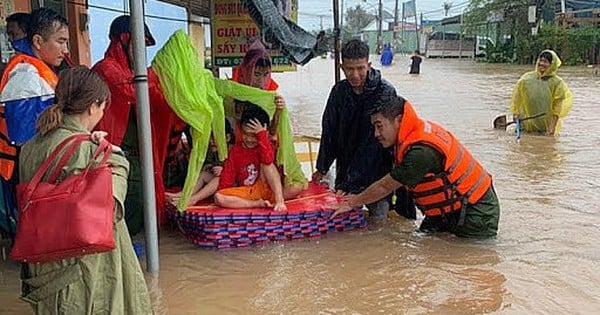




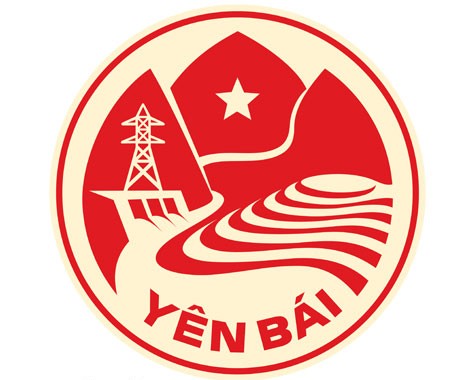
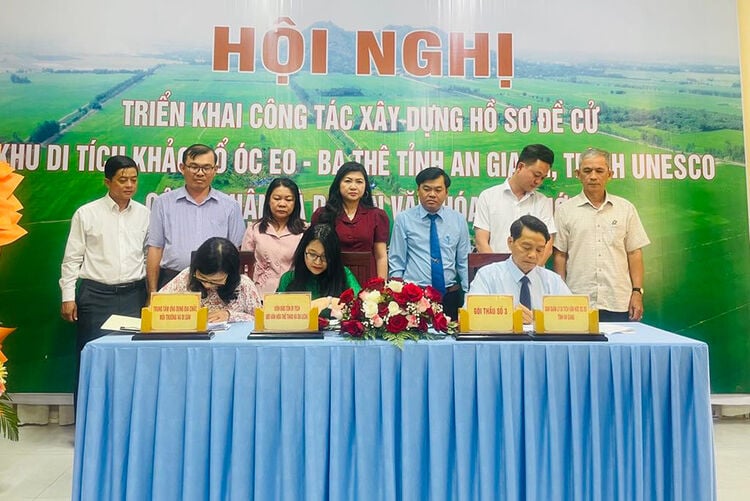

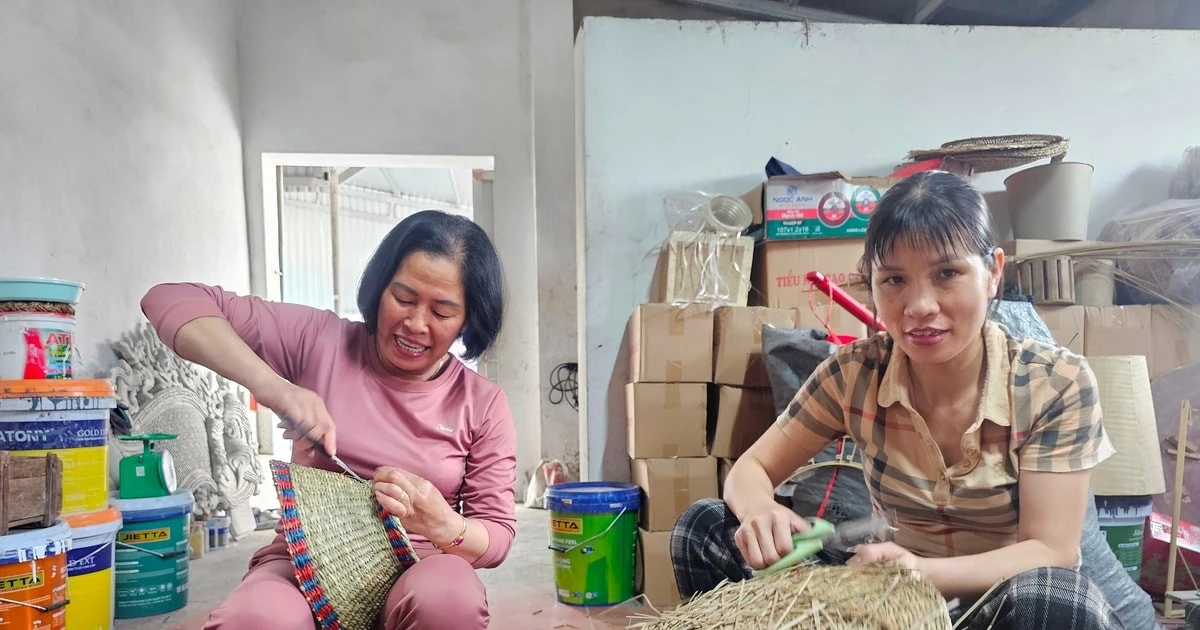









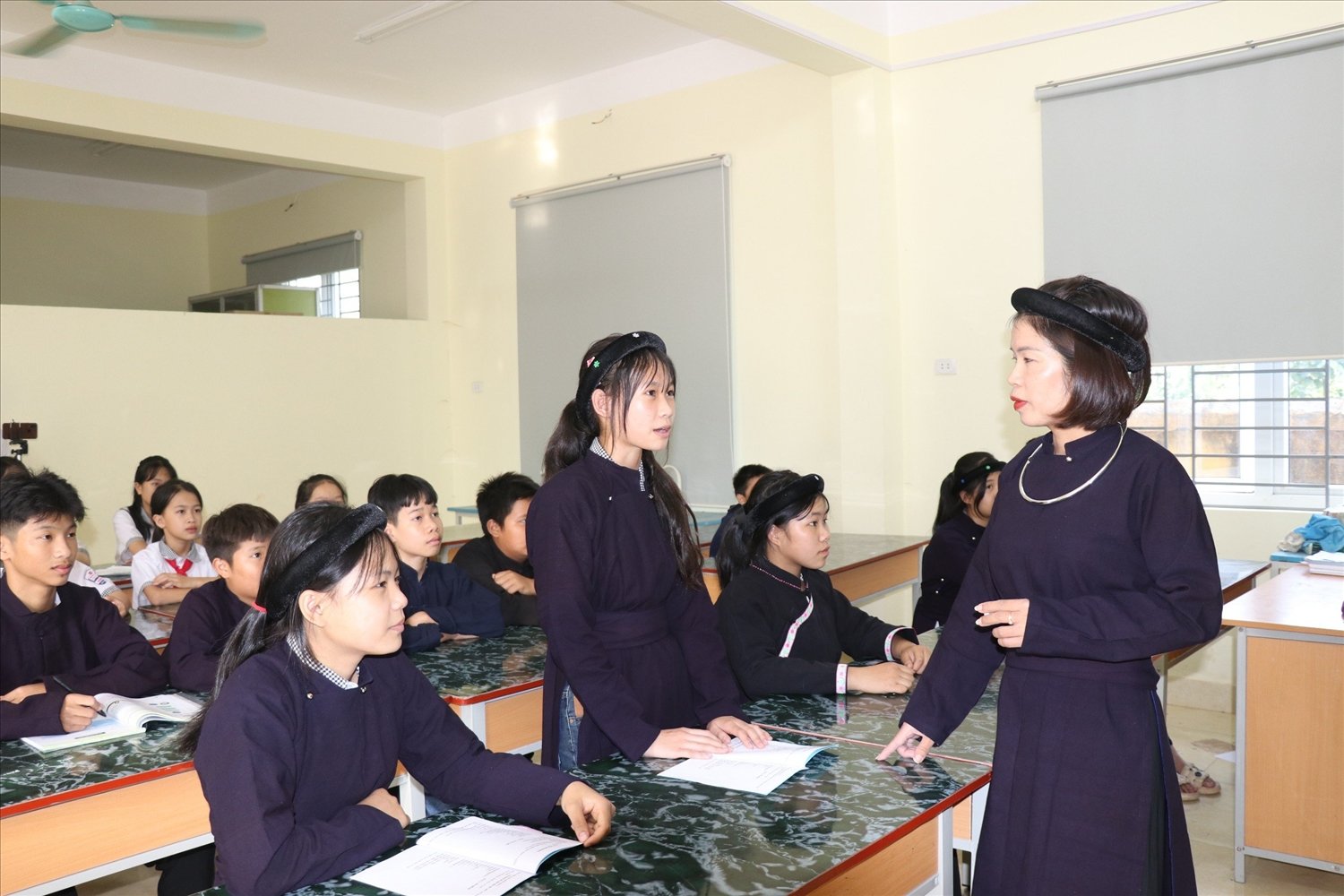
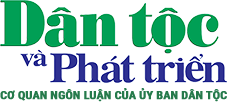










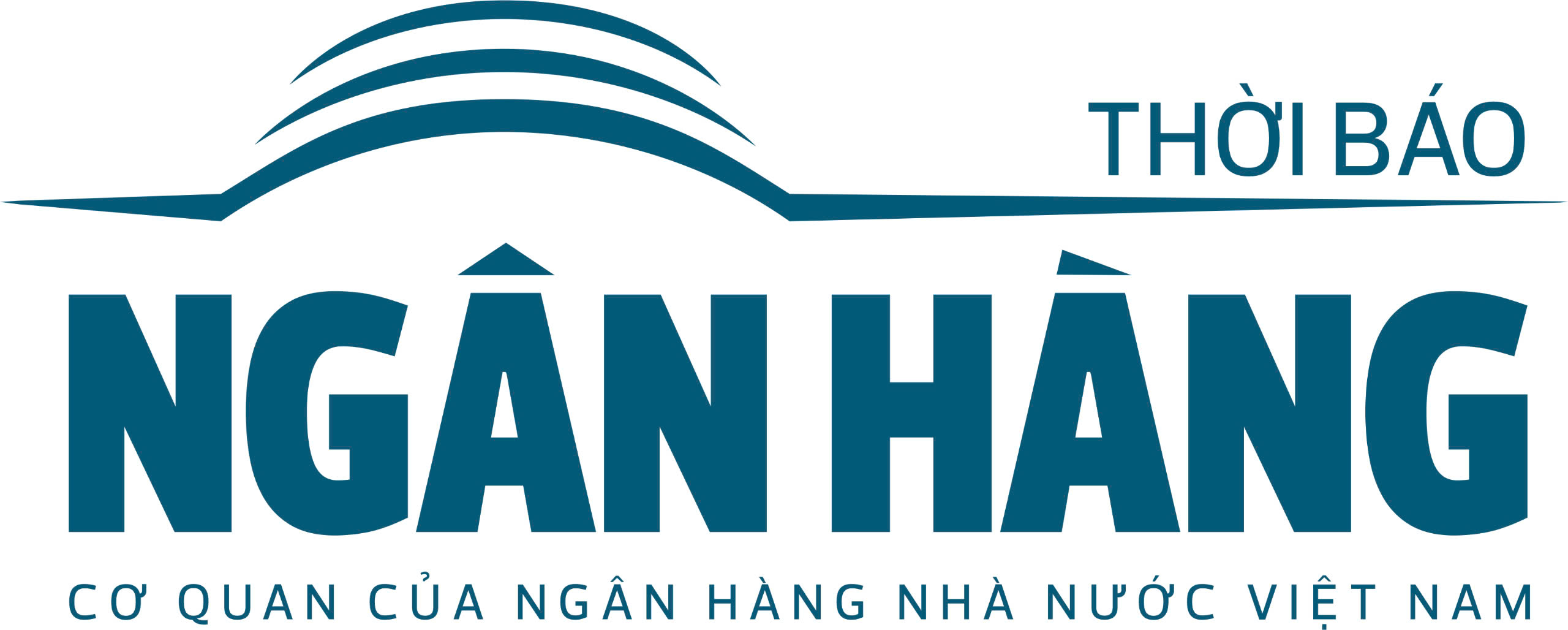

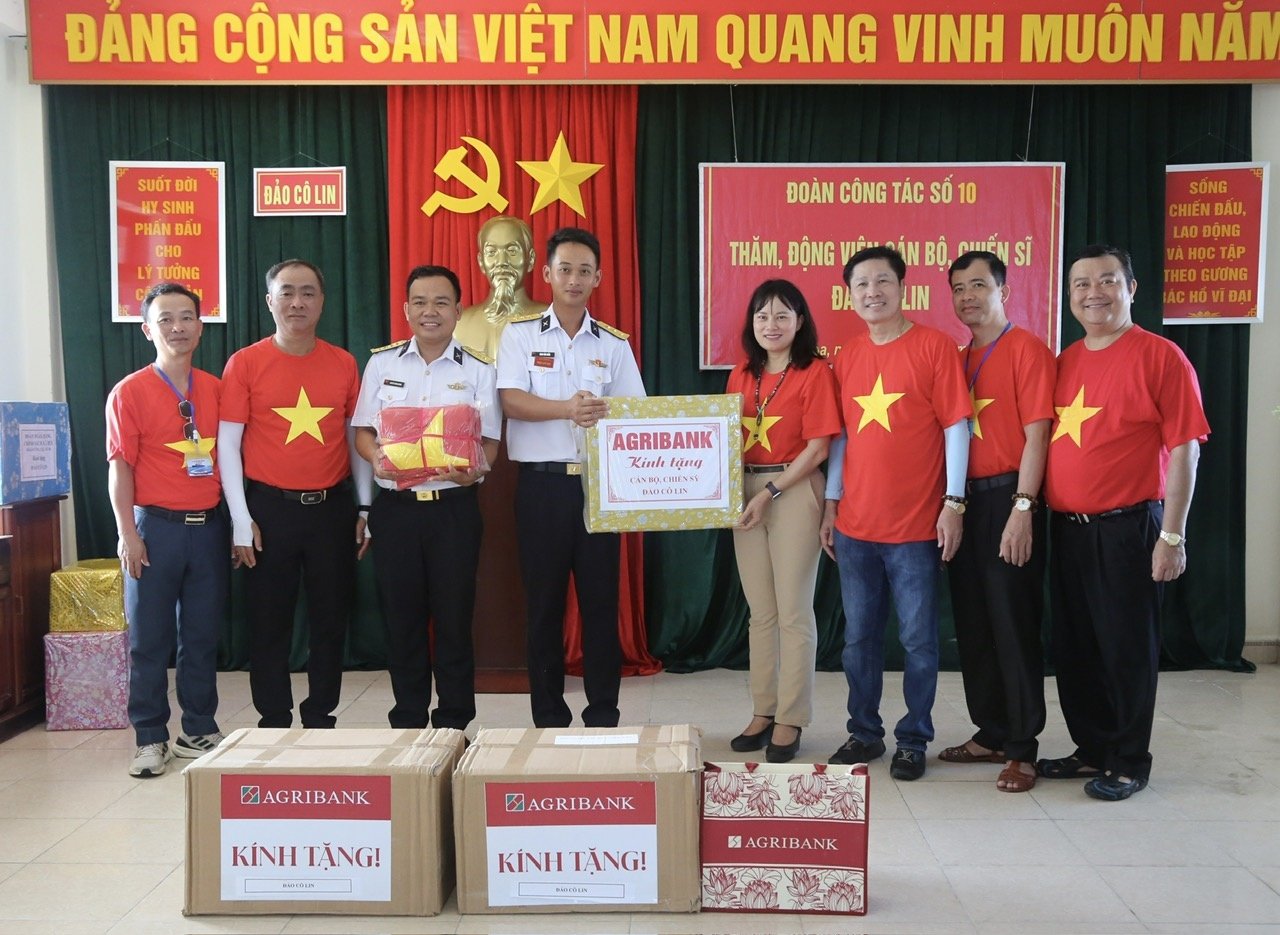




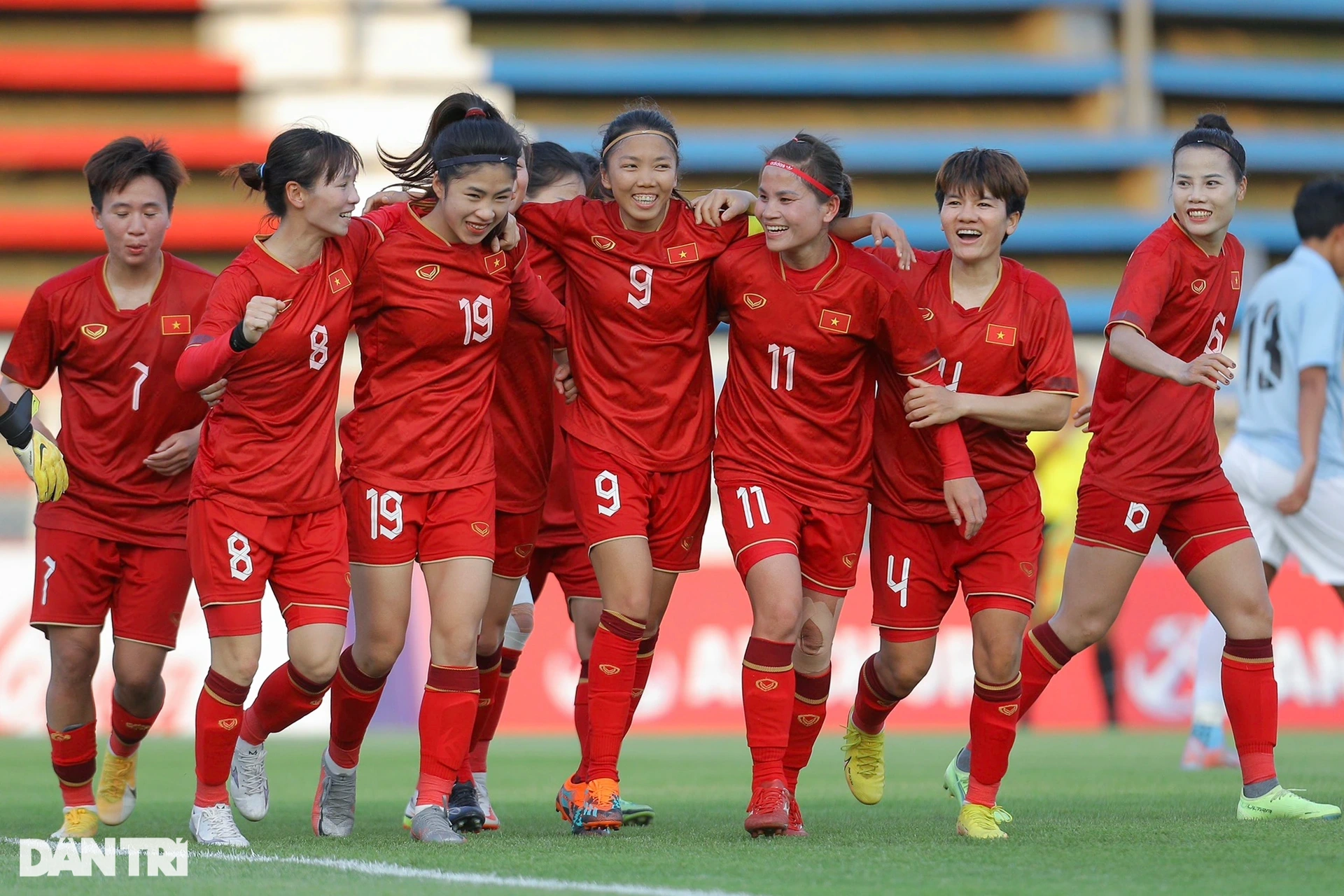






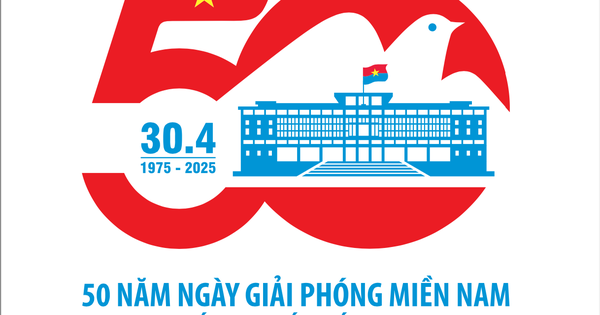





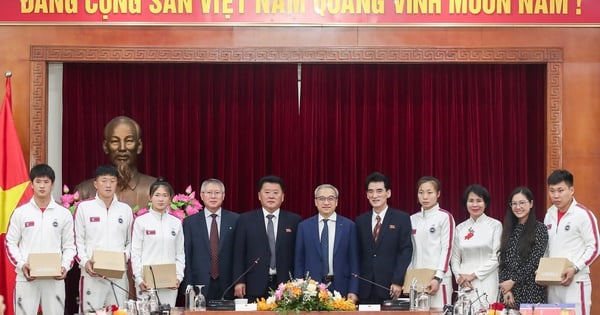


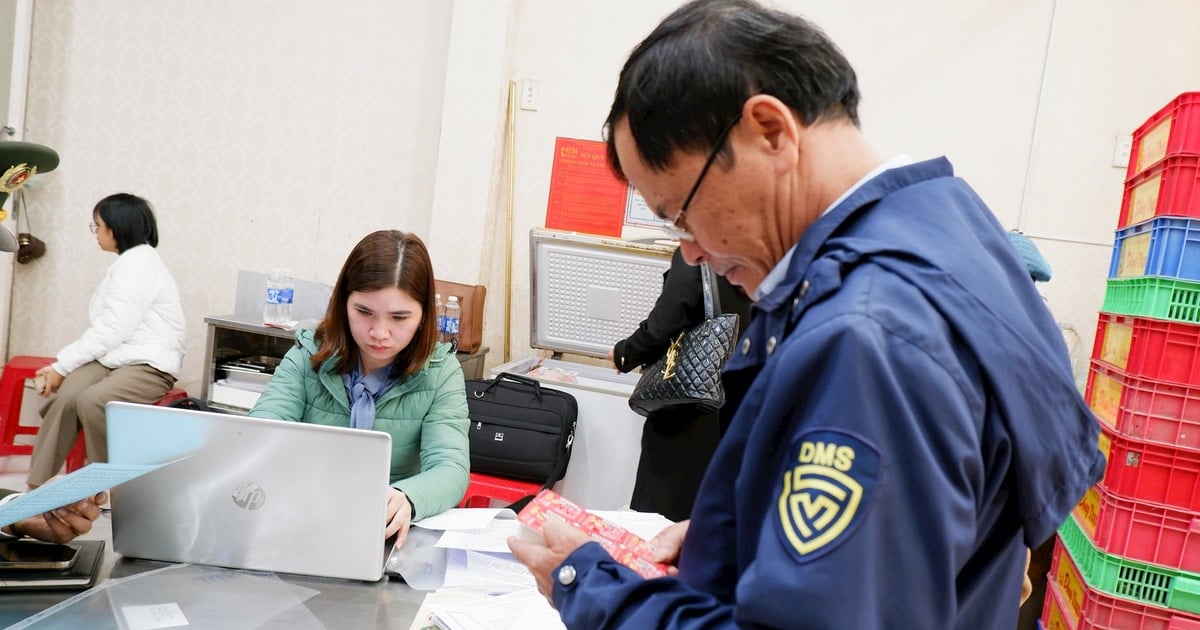

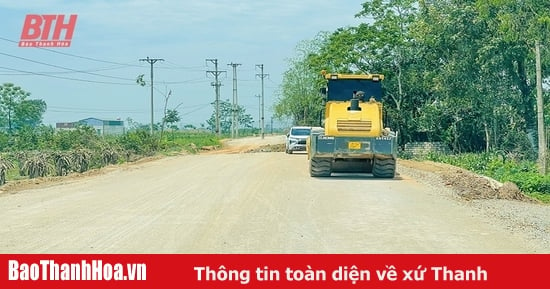


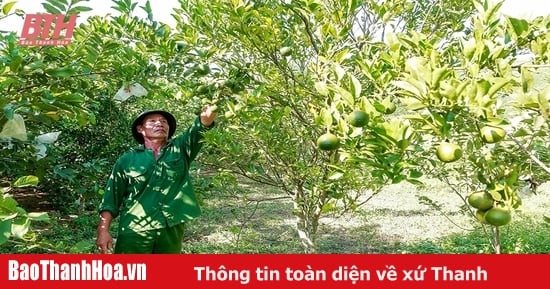
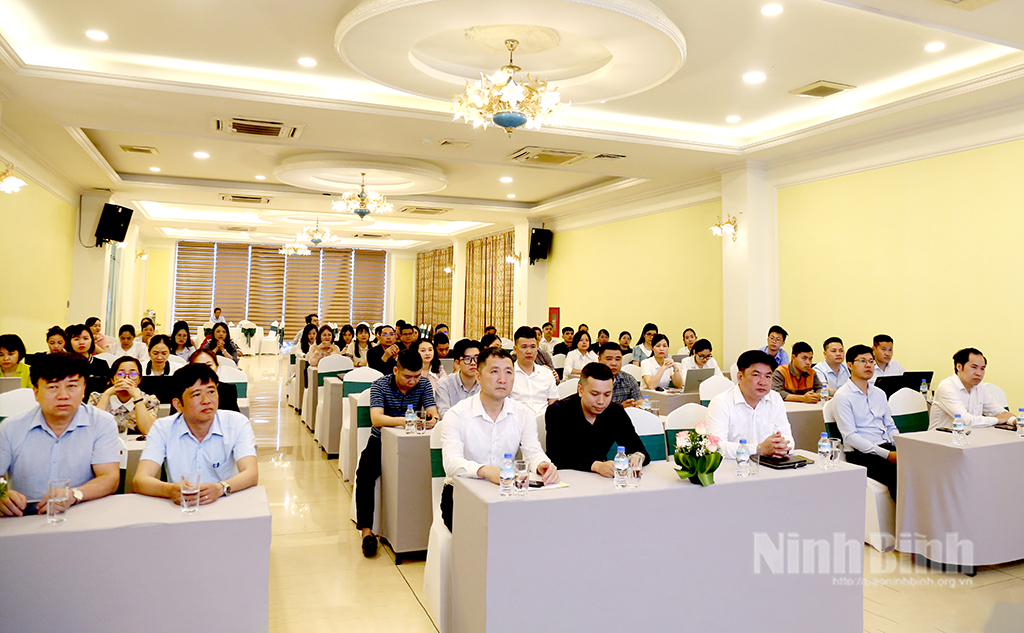

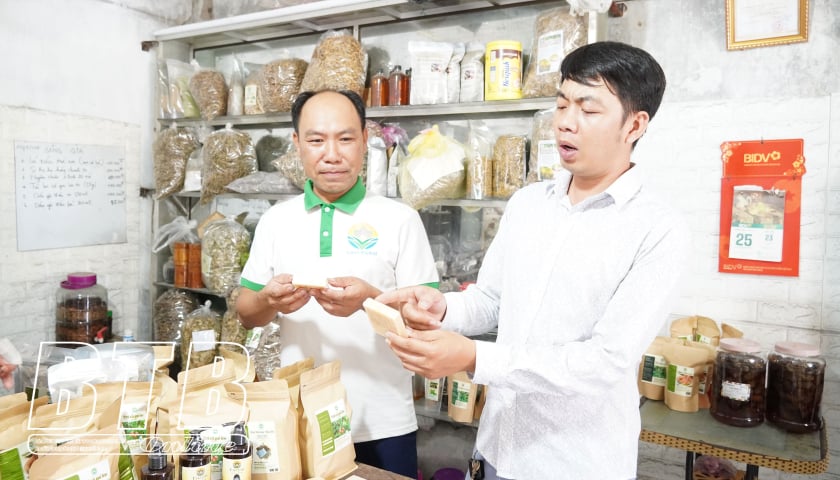



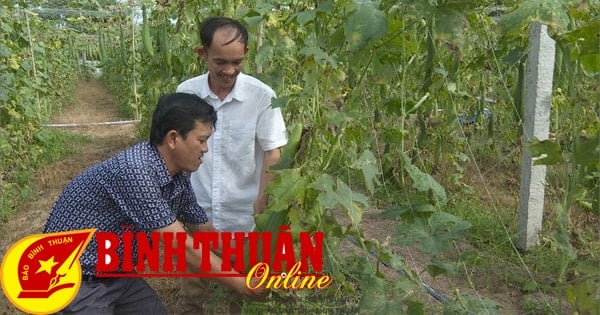
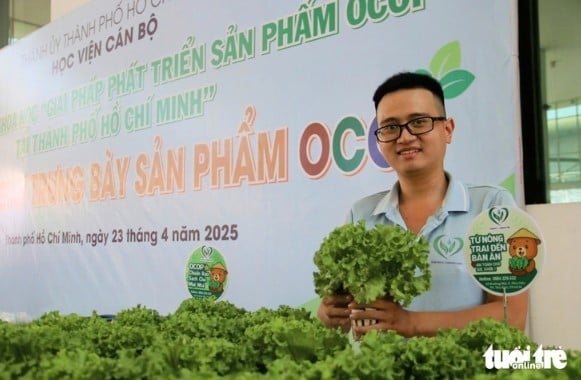
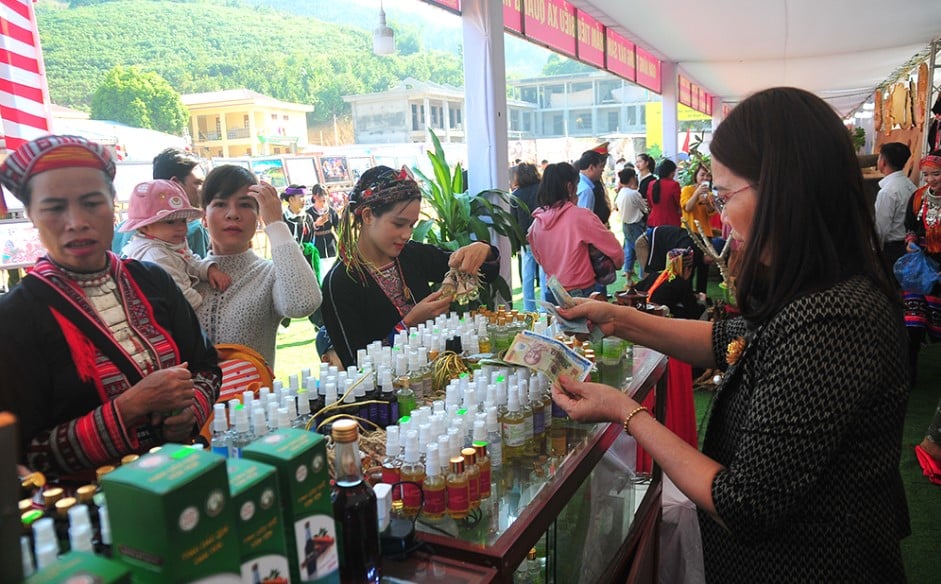

Comment (0)